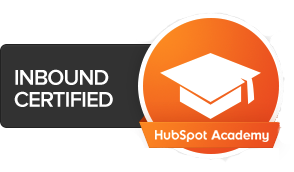Facebook’s advertising platform offers insane targeting, with thousands of possible ad targeting parameters. In order to properly test a particular audience you need a certain level of ad spend, though, and the average advertiser simply doesn’t have the budget to test a huge number of audiences right off the bat.
Fortunately, retargeting and remarketing tactics mean that there’s almost always low-hanging fruit, allowing you to generate ROI from day one. Once you get this solid foundation and consistent traction, it’s a lot easier to avoid wasted budget as you scale.
Just one glance at the Facebook ad audience dashboard can be overwhelming for new advertisers…
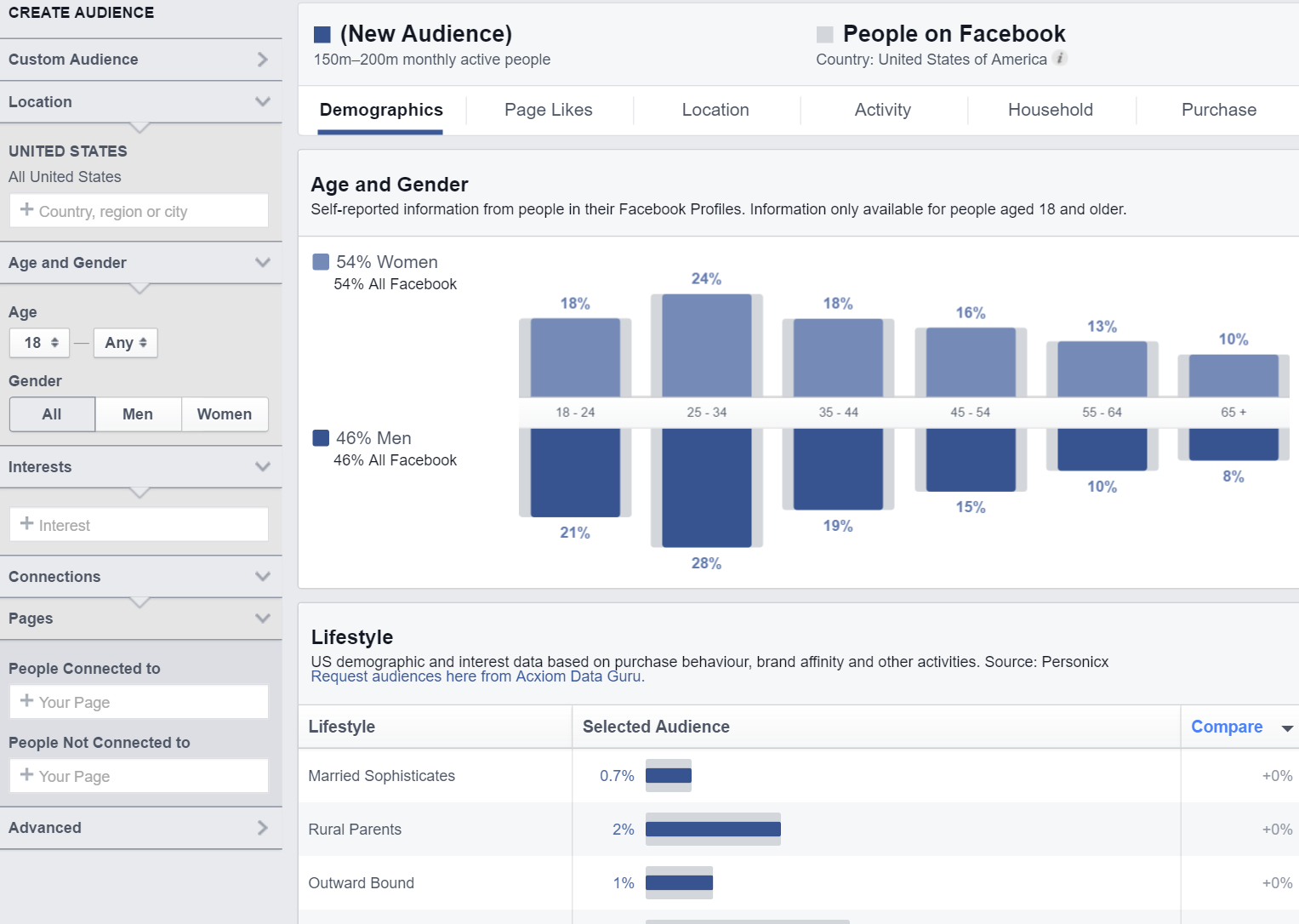
I’ll be the first to admit, I’ve experienced a lot of failed targeting. We all have. I’ve also identified, however, a few core audiences that I know are HIGHLY likely to provide ROI from day one.These audiences tap into retargeting (displaying ads to users who have visited your website) and remarketing (displaying ads to users whose email address you already have), which means that you’ll need an audience already – customers, email subscribers, Facebook fans, and/or website traffic – to make use of the methods below.
The following five audiences are ones I set up at the start of every advertising campaign I run, without fail. Data from these allow me to then scale the campaigns in an effective and affordable way.
1. Highly Engaged Email Subscribers
Segment your email lists by engagement and create an ad audience for subscribers that are the most engaged with your brand – such as those that open or click on your emails regularly.
First, you’ll need to identify these subscribers through your email reporting. Once you have the segment, export the list and upload it to Facebook as a Custom Audience – Customer List.
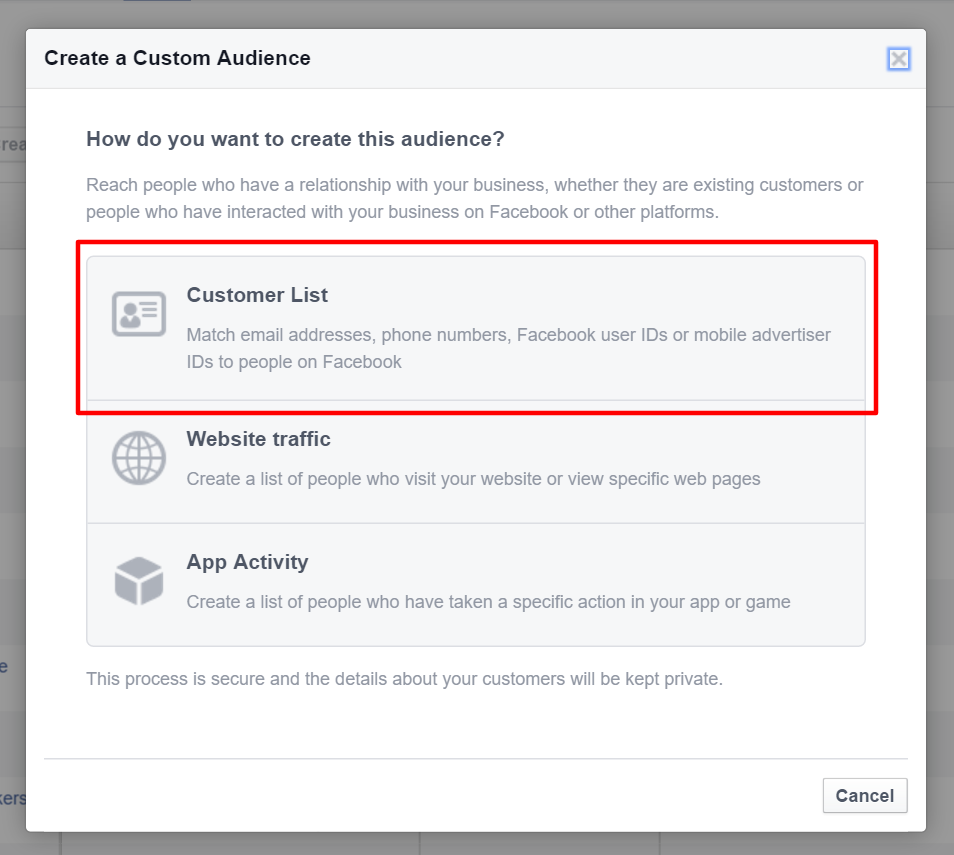
Can you add your entire email list into this audience rather than the most engaged segment? Of course. The strategies I’m highlighting in this blog post are to identify audiences that offer highest conversion rates at the lowest cost – by removing disengaged subscribers I’m reducing the risk of wasted spend.
2. Specific Webpage Visitors
Segmenting your website visitors by the pages they are visiting, rather than simply placing all website visitors in the same audience, allows you to create an incredibly targeted message.
Set up a Custom Audience – Website Traffic for each page that you believe drives website visitors who are likely to convert. You can do this by only including visitors in an audience that visit specific URLs, or URLs that contain specific keywords.
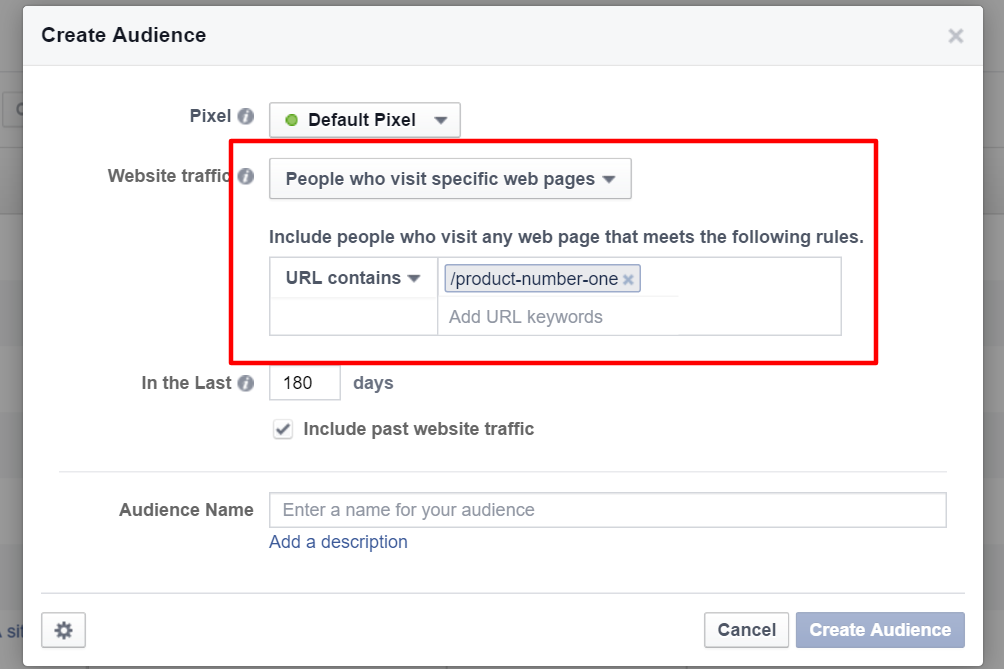
3. Incomplete Conversions
This is my winner. While it’s often a very small pool of users, it converts very, very well indeed. Even if you don’t have much traction, set this audience up immediately so it can begin collecting data.
There are a few ways you can set up this audience in Facebook ads, but I usually do it by creating a Custom Audience – Website Traffic. You simply set up an audience that includes any visitors who have visited the payment/conversion page, but excludes any visitors who have visited the payment/conversion complete page (often a ‘thank you’ page). This leaves you with an audience of visitors who began – but did not complete – the payment/conversion process.
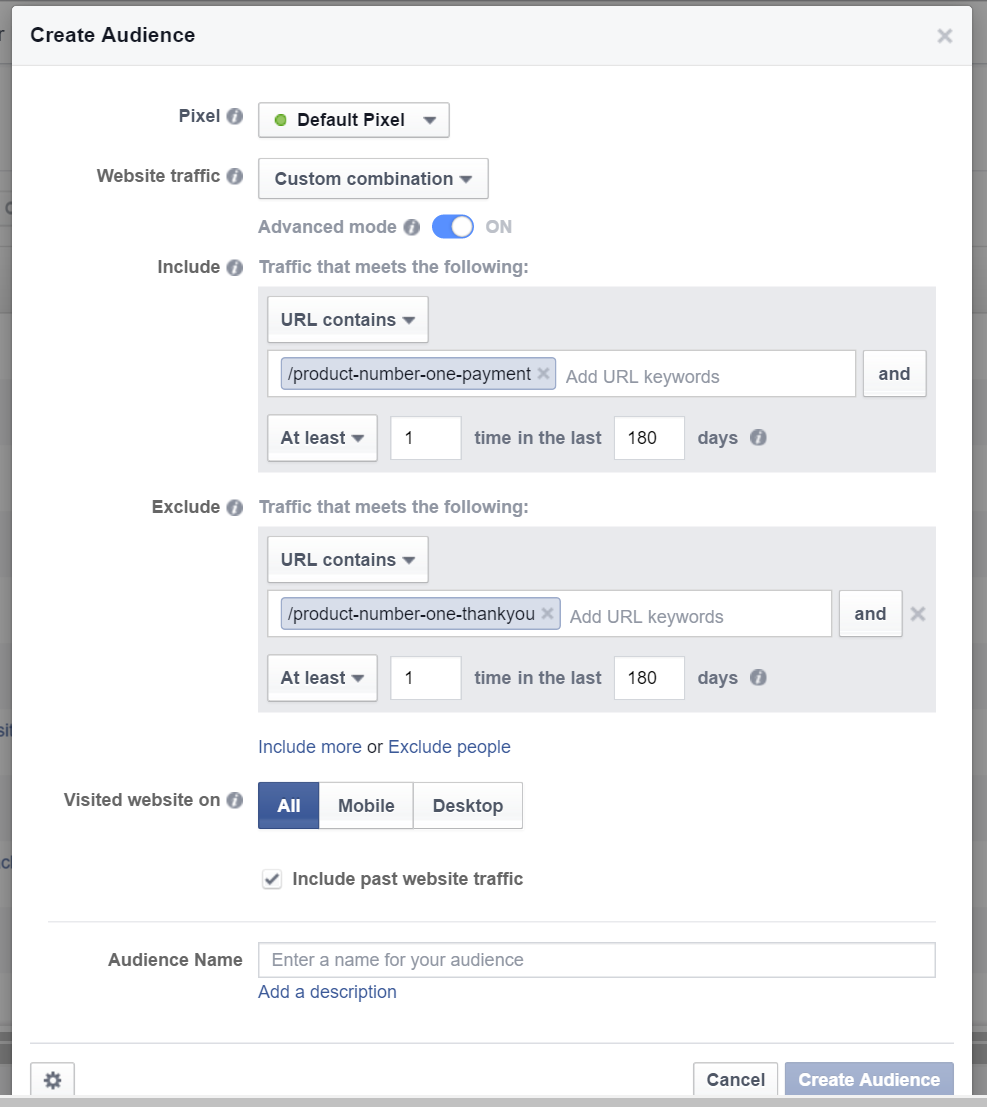
4. Fans
This is the simplest, and probably the most applicable to brand new advertisers.
If you’ve built a Facebook fan base with poorly targeted ads, unrelated content, or shady practices (buying likes), don’t expect this to be an effective targeting group. But if you’ve organically grown a relevant and engaged community (even if it’s small), this audience should be a go-to and can be a goldmine.
5. Customer Lookalike + Purchase Behavior Segmentation
The previous four audiences we’ve discussed are likely to be small – especially for new advertisers. So, while offering fantastic ROI, they’re hard to scale without growing your communities (email list, site traffic, fan base) considerably. This is where Facebook Lookalike Audiences come into play.
Lookalikes allow you to target people with profiles (demographics, interests, behaviors) very similar to your existing audiences. For example, Facebook can take an email list of 500 customers or website visitors, and create a Lookalike Audience for you that will include millions of other, very similar, Facebook users.
Because Lookalike Audiences are so large though, and this blog post is about identifying audiences with the highest chance of conversion, I segment it further using ‘Purchase Behavior Segmentation’. This allows me to only reach users in the Lookalike Audience who, for example, purchase similar products online.
You can target this group by creating your custom Lookalike Audience and then, when setting up the ad campaign, include both the Lookalike Audience and Detailed Targeting – Purchase Behavior filters.
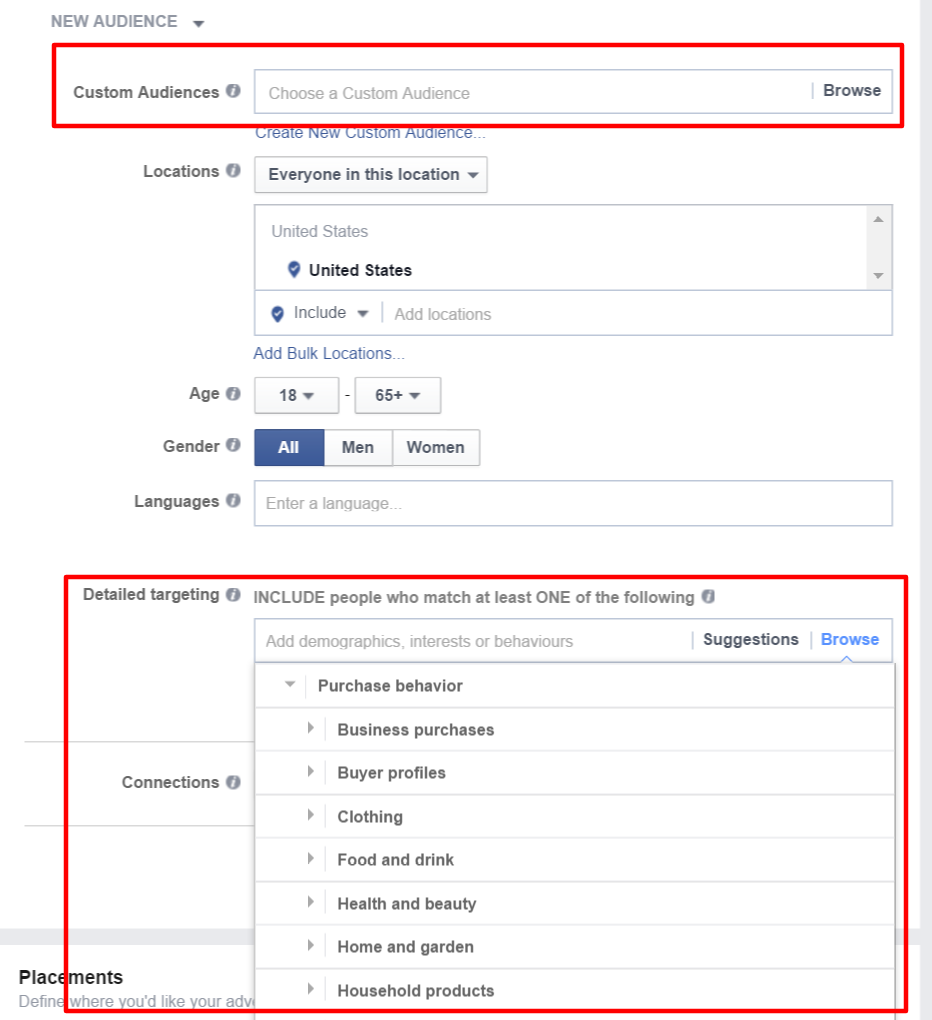
These are far from the only targeting strategies on Facebook you should be using, nor are they the only retargeting and remarketing methods. Simply, these five audiences have become a staple in my advertising when I launch a new campaign. This early setup almost always allows me to generate a foundation of consistent ROI, allowing me to both tap into the low-hanging fruit in existing audiences and scale in an effective way.
Once I get this early ROI, I expand to new audiences, such as demographic targeting, interest targeting, and competitor audience targeting.
Give these a try – I’m certain you’ll see positive results from one, or more, of these audiences. As any advertising expert will tell you, though, it’s all about testing. Use these as a start, but be sure to explore new segments and filters that you think could work for you.
Learn how to do GREAT marketing...without being a "marketer" in our FREE 7-step strategy course delivered straight to your inbox.
We promise we don't spam, we don't email often, and we'll NEVER share your info with anyone else.


